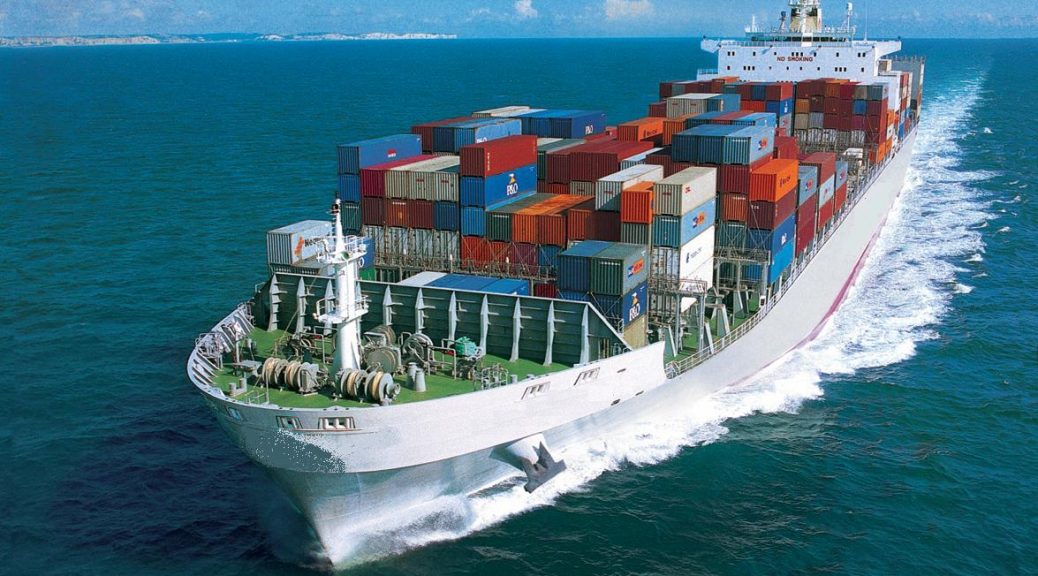India’s exports fell by about 35% in March, the steepest drop in nearly a decade, reflecting a worldwide slowdown exacerbated by the COVID-19 outbreak.
Exporters wanting to relaunch operations face a number of challenges, including increased costs due to tight regulations, cash flow concerns, and rehiring labour.
The largest contraction in almost a decade occurred in March, reflecting a global downturn caused by the COVID-19 outbreak.
As manufacturing of non-essential commodities has resumed, exports are still left over after the lockdown that made import containers pile up at ports, causing some ports to close export gates.
Due to a lack of yard space, shipping lines are avoiding Indian ports. This is an issue that Indian exporters and importers have begun to face as trade opens up.
JNPT is working on a contingency plan to alleviate traffic congestion. Many exporters have encountered many challenges, including increased costs due to tight regulations, cash flow concerns, and rehiring labour due to the circumstances of the pandemic period.
According to Indian exporters, higher compliance costs connected with bringing and maintaining labour are preventing factories from reopening. While there was a slight increase in the number of special economic zones (SEZ) that became operational recently,
Exporters have already raised these concerns with the government, requesting a single-sum payment, particularly for small businesses, in order to cover rising compliance expenses.
Almost 90–92 percent of imports at this time last year took place in the last 4-5 days at the port. The Indian ports are ready for the worst-case scenario, in which no consignments are evacuated for two months.
These situations due to the pandemic are well encountered by Movers Global Logistics (MGL), which provides freight services through air and water with customs clearance all over the globe.

